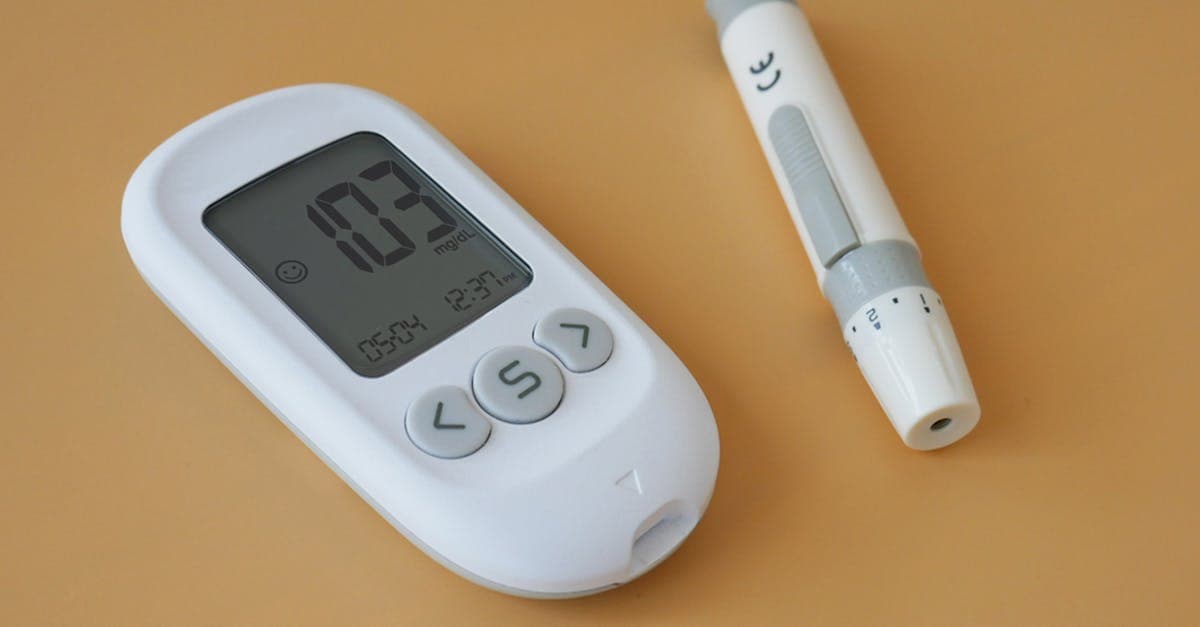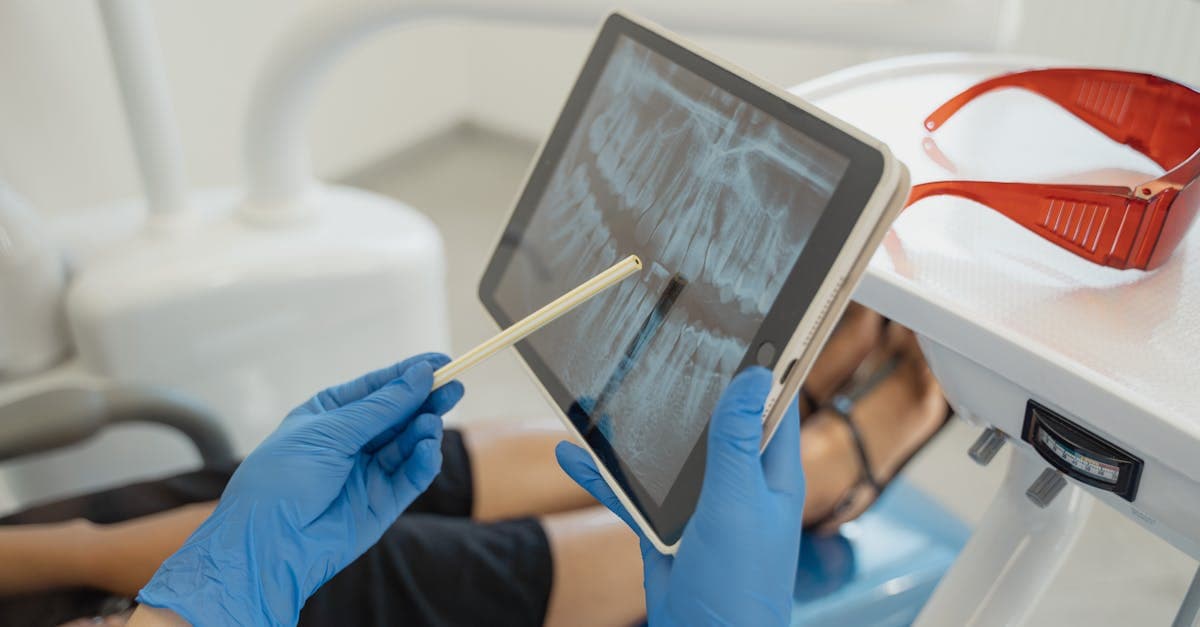Published on:
5 min read
Top Treatments for Eosinophilic Esophagitis: Find Relief Today!
Eosinophilic Esophagitis (EoE) can cause significant distress and discomfort. This post explores the most effective treatment options to help you find relief and improve your quality of life.

Understanding Eosinophilic Esophagitis
Eosinophilic Esophagitis (EoE) is a chronic immune-mediated condition characterized by an abnormal accumulation of eosinophils, a type of white blood cell, in the esophagus. This accumulation can result in significant inflammation and various symptoms, including difficulty swallowing, food allergies, and chest pain. Diagnosing EoE often requires an endoscopy and biopsy to confirm elevated eosinophil levels in the esophagus. Understanding this condition is crucial for managing it effectively, as treatment plans can be personalized based on symptoms, triggers, and individual responses.
Medical Treatments for EoE
Medical treatments for Eosinophilic Esophagitis primarily focus on reducing inflammation and controlling symptoms. Topical corticosteroids, such as fluticasone or budesonide, are commonly prescribed to directly address the eosinophil accumulation in the esophagus. These medications often help reduce symptoms within weeks. Other options include proton pump inhibitors (PPIs), which can alleviate acid-related symptoms, and immunomodulatory therapies, which may be considered in more severe cases. Collaborating with a healthcare provider to determine the most appropriate medication regimen is essential for achieving optimal results.
Dietary Management and Elimination Diets
Dietary management plays a vital role in treating Eosinophilic Esophagitis. Many patients find that specific food triggers exacerbate their condition. Elimination diets, where common allergens such as dairy, soy, wheat, and nuts are removed, can help identify these triggers. After a period of elimination, foods can be reintroduced one at a time to monitor for any adverse reactions. Nutritional counseling with a registered dietitian can provide guidance on maintaining a balanced diet while managing EoE effectively. This proactive approach not only aims to reduce symptoms but also promotes long-term health and well-being for those affected by EoE.
Finding Relief and Support
Finding relief from Eosinophilic Esophagitis involves a multifaceted approach. While medical treatments and dietary management are essential, support from healthcare professionals, alignment with support groups, and educational resources are equally important. Engaging with others who have EoE can provide valuable insights and emotional support throughout the management process. Additionally, keeping an open dialogue with healthcare providers allows for continuous adjustments in treatment plans based on effectiveness and lifestyle changes. Finally, staying informed about new research and emerging therapies will empower individuals to advocate for their health and make informed decisions.
Conclusion
In conclusion, Eosinophilic Esophagitis can be a challenging condition, but relief is attainable through the right treatments and support. Combining medical interventions with dietary management, and fostering a supportive community can greatly enhance your quality of life. If you suspect you have EoE, consult a healthcare professional to explore suitable options tailored to your needs.
Published on .
Share now!










